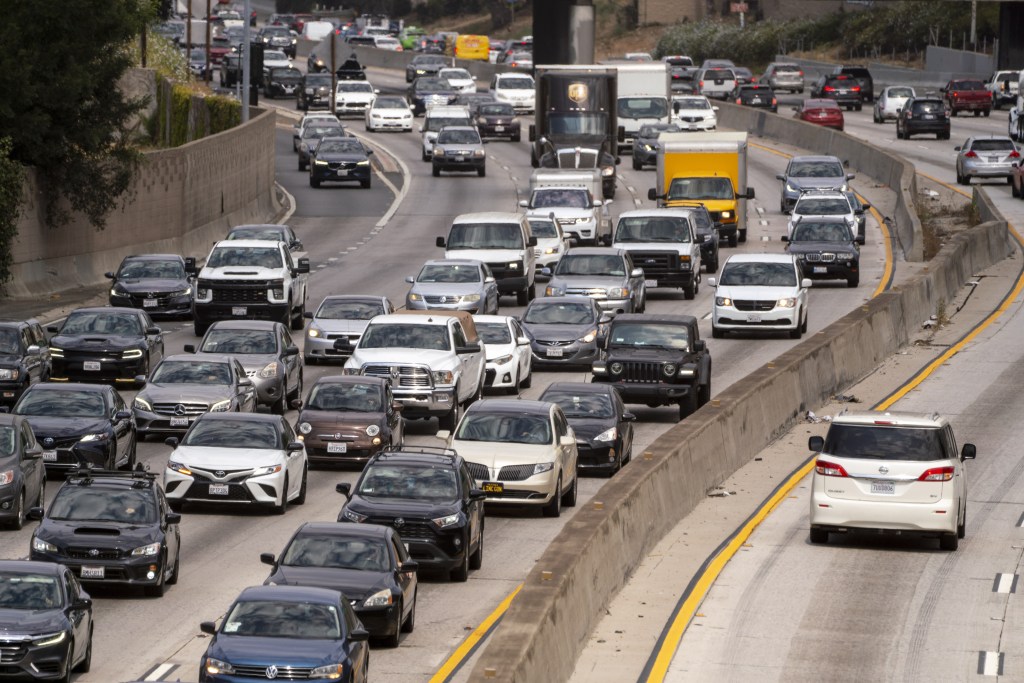The USPS has defended the purchase of up to 165,000 new trucks from increasing criticism—for being years late, oddly expensive, strangely inefficient, and only about 10 percent of them being electric—on the grounds that the current fleet is so old they’re bursting into flames and urgently need to be replaced. It further argues at least 5,000 of the vehicles will be electric, but the agency is too broke to buy more than that. Still, the USPS says, the gas models have a fuel efficiency of 14 mpg as long as the air conditioning isn’t running (8.6 mpg if it is) better than the current fleet—manufactured in the 1980s—that gets 8 mpg. And, the USPS points out, gas models can be converted to electric at a future date.
To critics of the purchase, these don’t sound like defenses at all, but further indictments of the decision making that led to it. Katherine Garcia, director of the Sierra Club’s Clean Transportation for All Campaign, told Motherboard, “I think their statement is misleading by suggesting that they’re going to convert these vehicles because that would be even more expensive than moving forward with an electric fleet to begin with.” She cited a study by the Atlas Public Policy research group that EVs would actually save the agency billions of dollars, especially if the alternative is vehicles that get such poor gas mileage.
Videos by VICE
But this whole debate would be moot if not for a strange fact about the new USPS vehicles disclosed in a letter published by the EPA last week. If the vehicles weighed just one pound less, they wouldn’t be permitted on American roads because they pollute too much.
In fact, Garcia argues, if the trucks had a gross vehicle weight of just .01 percent less, the delivery fleet would almost certainly have to be electric to meet the EPA’s new fuel efficiency standards.
“We suspect it was intentional,” Garcia deadpanned.
According to its environmental review of the procurement, the new gas delivery trucks have a curb weight of 5,560 pounds and a payload of 2,941 pounds, for a combined vehicle weight of 8,501 pounds. That is almost double the weight of the current USPS delivery vehicle, the LLV.
However the USPS and Oshkosh Defense, the manufacturer, came to calculate the payload at 2,941 instead of 2940, it was an incredibly important pound.
Vehicle emission regulations are complicated. There are many different types of vehicles in different size and weight classes, plus different types of emissions with their own standards in those classes. Generally speaking, cars have more stringent regulations than trucks, and so-called “light duty” trucks—which are often what most people call SUVs, pickup trucks, and minivans—have more stringent regulations than heavy duty trucks. In other words, the bigger and heavier the vehicle, the more it can pollute.
And, conveniently enough for the auto industry, vehicle manufacturers themselves determine which category a vehicle fits into—a process called “self-certification”—allowing them to game the system by classifying vehicles as bigger and heavier than they are or need to be. One of the most infamous examples of this was when Chrysler classified the PT Cruiser, which was based on the architecture of a Dodge Neon car, as a light truck, in order to lower Chrysler’s corporate average fuel economy for its light truck segment.
And, as it happens, 8,500 pounds is the dividing line between a light truck, which the EPA is pushing with increasingly stringent standards that can’t be met by gas cars, and a heavy duty truck, which currently has no timetable for electrification standards. So by a single pound—less than the weight of a single standard Amazon package—the new USPS vehicle will classify as a heavy duty truck, allowing it to not only be gas-powered, but pollute far more.
Do you know anything about the USPS vehicle procurement that we should know? Email Aaron Gordon at aaron.gordon@vice.com.
This is a critical distinction, Dan Sperling, director of the Institute for Transportation Studies at UC Davis, told Motherboard, because the new USPS trucks would “definitely not” pass emissions tests as light duty trucks.
While the specific numbers vary based on a vehicle’s exact dimensions—information the USPS considers trade secrets—Sperling estimates a light duty truck approximately the size of a USPS delivery truck would need to achieve something in the neighborhood of 30 mpg to pass federal regulations. According to the USPS’s environmental review, it estimates the truck will get approximately 15 mpg when the air conditioning is off, but only 8.6 mpg with air conditioning on.
“So it’s not even in the ballpark,” Sperling said.
Garcia couldn’t put a number on it, but said it would have been difficult if not impossible to achieve with a gas version.
“If they had made a vehicle under the threshold,” Garcia said of the 8,500 pound limit, “they would have to modernize the fleet by going electric.”
The USPS declined to comment on this story. Oshkosh Defense did not respond to a request for comment.




